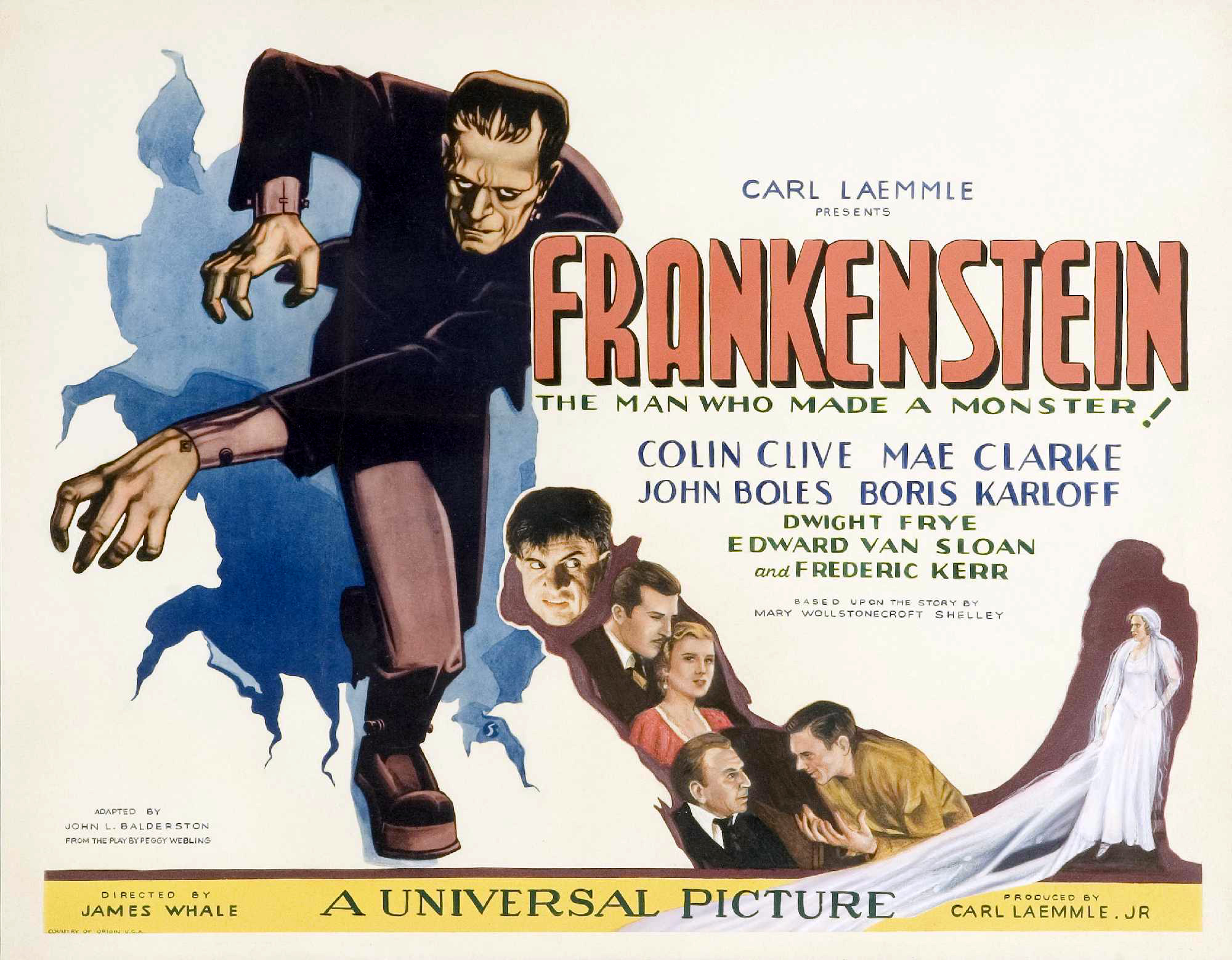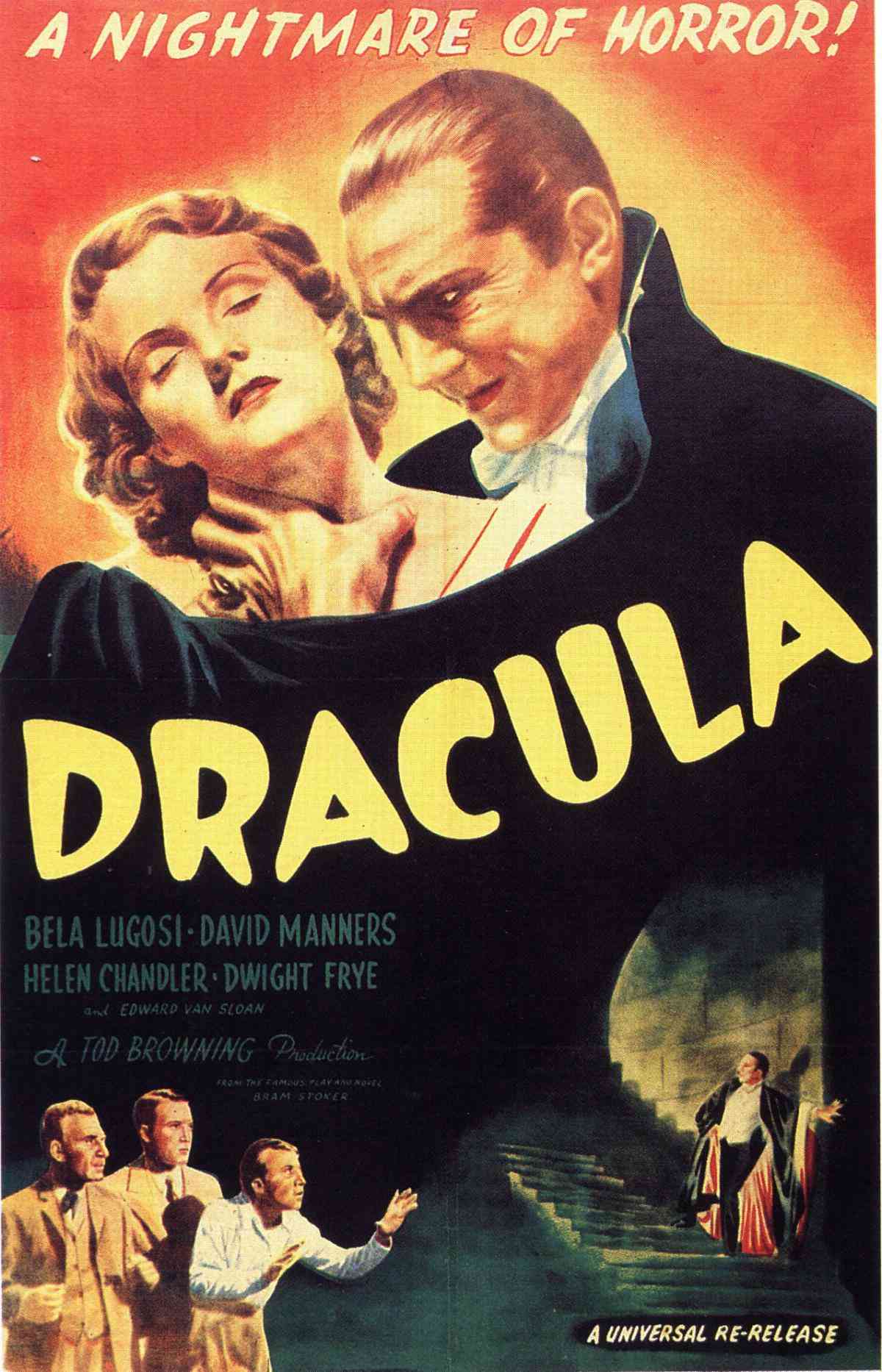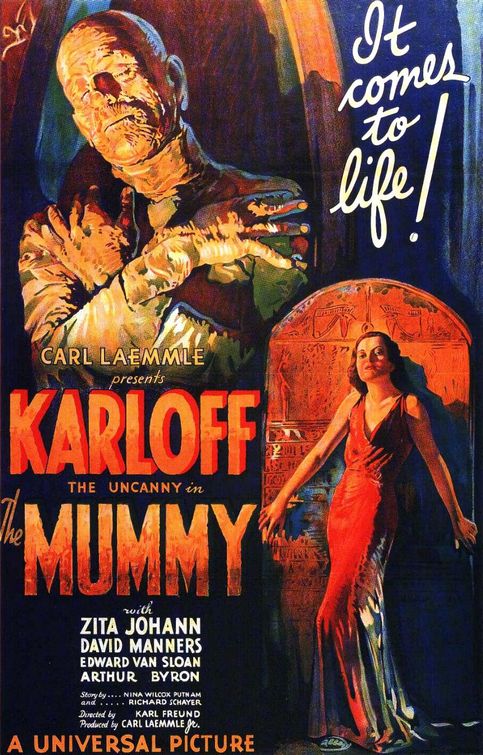It should be noted that from 1912-1932, there were just two advisory certificates:
Universal - Suitable for children.
Adults - Suitable for adults or in some cases, children accompanied by adults.
But another certificate was added in 1932 to alert parents of horror themed material which had become a popular genre in cinema such as Frankenstein (1931), Dracula (1931), The Mummy (1932) and The Invisible Man (1933). This H certificate stood for Horrific, a certificate that would deem only sixteen plus ages the chance to see the films alone or otherwise accompanied by an adult when given this rating. However, this was replaced with the X Certificate in 1951, which only allowed people of sixteen years or over the opportunity to go to the cinema and watch these films.




A major shift came between 1970-1982 when the Adult certificate was split into two. This certificate now allowed people that were aged five and older to be admitted, but warned parents that they may not feel comfortable with children under fourteen to watch the film, while the new AA allowed people that were fourteen or older to be admitted. The X certifcate now became a more restrictive certificate with only people eighteen and older allowed to watch this film at the cinema. It was around this time that the symbols for the certificates become modernised, replacing the logos that had been used for nearly sixty years.
In 1982, the BBFC had a complete ratings system overhaul. The U certifcate remained the same but the A certificate was now replaced with the PG which stated that children were welcome to watch films that were given this rating, as long as an adult accompanied them. This then jumped straight to a 15, than an 18 and then finally a restrictive 18 which required cinemas to be licensed.
 Regarding the immense pressure regarding the release of Batman and the major gap between a PG and 15, a 12 certificate was introduced on 1st August 1989. However, this was only available at the cinema and these films would be released as fifteens on video. By 1994, the certificate was introduced for videos on the 1st of July 1994. This changed again in 2002, which modified the 12 into a 12A. Those under 12 could now watch 12A films as long as they were accompanied by an adult. Many believed that this was done for the purpose of the Spider-Man film but it was actually The Bourne Identity was the first film to receive it. It enabled people of all generations to enjoy superhero films, with the genres focus to both entertain young and old audiences.
Regarding the immense pressure regarding the release of Batman and the major gap between a PG and 15, a 12 certificate was introduced on 1st August 1989. However, this was only available at the cinema and these films would be released as fifteens on video. By 1994, the certificate was introduced for videos on the 1st of July 1994. This changed again in 2002, which modified the 12 into a 12A. Those under 12 could now watch 12A films as long as they were accompanied by an adult. Many believed that this was done for the purpose of the Spider-Man film but it was actually The Bourne Identity was the first film to receive it. It enabled people of all generations to enjoy superhero films, with the genres focus to both entertain young and old audiences.We still use these certificates for our films today.
We believe that the tone of our film will suit the 15 certificate. Because of the isolation that our main character is going to be in and the resentment that he expresses at not being able to remember his past, there will be explicit language and use of or insuitation of violence in some of our scenes. We want to make his struggle to discover himself and what has happened to the world that used to be his home, as real as possible, and with a certificate below 15 we believe we wouldn't be able to reflect his plight effectively.
No comments:
Post a Comment